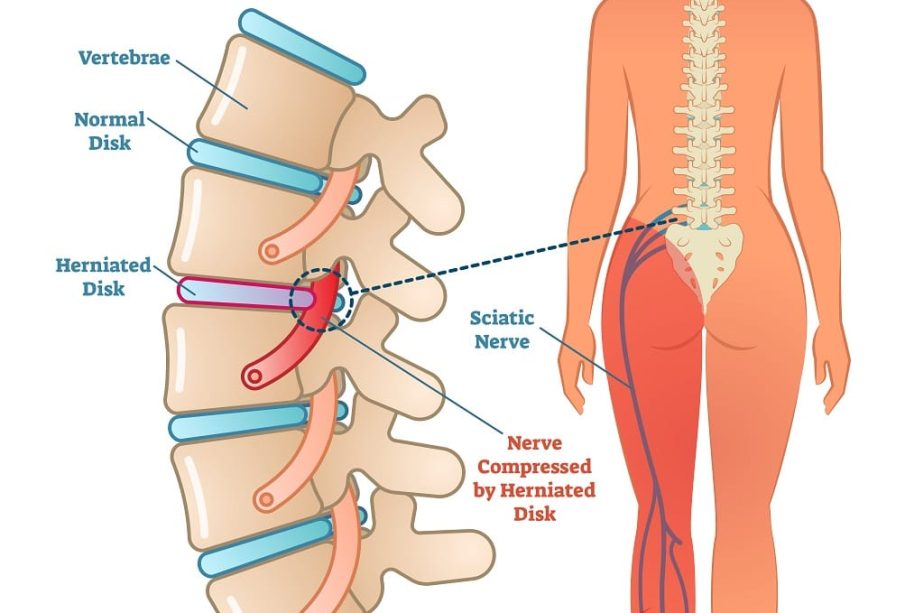A Comprehensive Guide to Sciatica: Symptoms and Solutions

Introduction to Sciatica
Sciatica is a common condition characterised by pain that radiates along the path of the sciatic nerve, which branches from the lower back through the hips and buttocks and down each leg. This condition affects millions of individuals globally, highlighting the importance of understanding its causes, symptoms, and effective treatments. As the workforce ages and sedentary lifestyles become more prevalent, understanding sciatica has never been more relevant.
What Causes Sciatica?
Sciatica is typically caused by compression of the sciatic nerve, often due to herniated discs, bone spurs on the vertebrae, or narrowing of the spine (spinal stenosis). Conditions such as degenerative disc disease and arthritis can also contribute to sciatica. Moreover, prolonged sitting, obesity, and lack of exercise can exacerbate these problems, leading to increased incidences of sciatica in adults.
Recognising the Symptoms
The primary symptom of sciatica is pain that radiates along the sciatic nerve, typically affecting one side of the body. The pain can vary in intensity from a mild ache to sharp, burning sensations, and can be aggravated by sitting, standing, or movements like coughing and sneezing. In some cases, individuals might experience numbness, tingling, or muscle weakness in the affected leg, further complicating mobility and daily activities.
Treatment Options for Sciatica
Effective treatment for sciatica often begins with conservative measures. Common initial treatments include physical therapy, anti-inflammatory medications, and the application of heat or ice to the affected area. In some cases, corticosteroid injections may be prescribed to reduce inflammation that is pressing on the nerve.
For persistent symptoms that do not respond to conservative management, surgical options may be explored. Procedures like microdiscectomy or laminectomy can relieve pressure on the nerve, providing substantial relief and improving quality of life. The choice between conservative and surgical interventions largely depends on the severity and duration of symptoms, as well as the patient’s overall health.
Conclusion and Future Insights
Sciatica can significantly affect an individual’s quality of life, making early recognition and appropriate management essential. As research continues into the underlying causes and optimal treatment strategies, it is crucial for those experiencing symptoms to consult healthcare professionals for tailored advice. With proper care, many individuals can find relief from sciatica and improve their functional capabilities, paving the way for a more active and healthy lifestyle.









